How To Clean and Polish Your Jewellery
The brilliance of your jewelry! Explore effective DIY methods and essential tips on how to clean and polish your precious pieces at home,
Aditya Pandey

The brilliance of your jewelry! Explore effective DIY methods and essential tips on how to clean and polish your precious pieces at home,

Jewelry, with its timeless allure, often becomes a cherished part of our lives. Whether it's a family heirloom or a recent addition to your collection, maintaining the sparkle and luster of your jewelry is essential. In this guide, we'll explore the art of cleaning and polishing your jewelry, ensuring it continues to radiate beauty for generations to come.
Cleaning and polishing your jewelry is an art that requires a delicate touch and understanding of your precious pieces. By following these steps and incorporating regular maintenance, you can ensure that your jewelry continues to shine, preserving its beauty and significance for years to come.
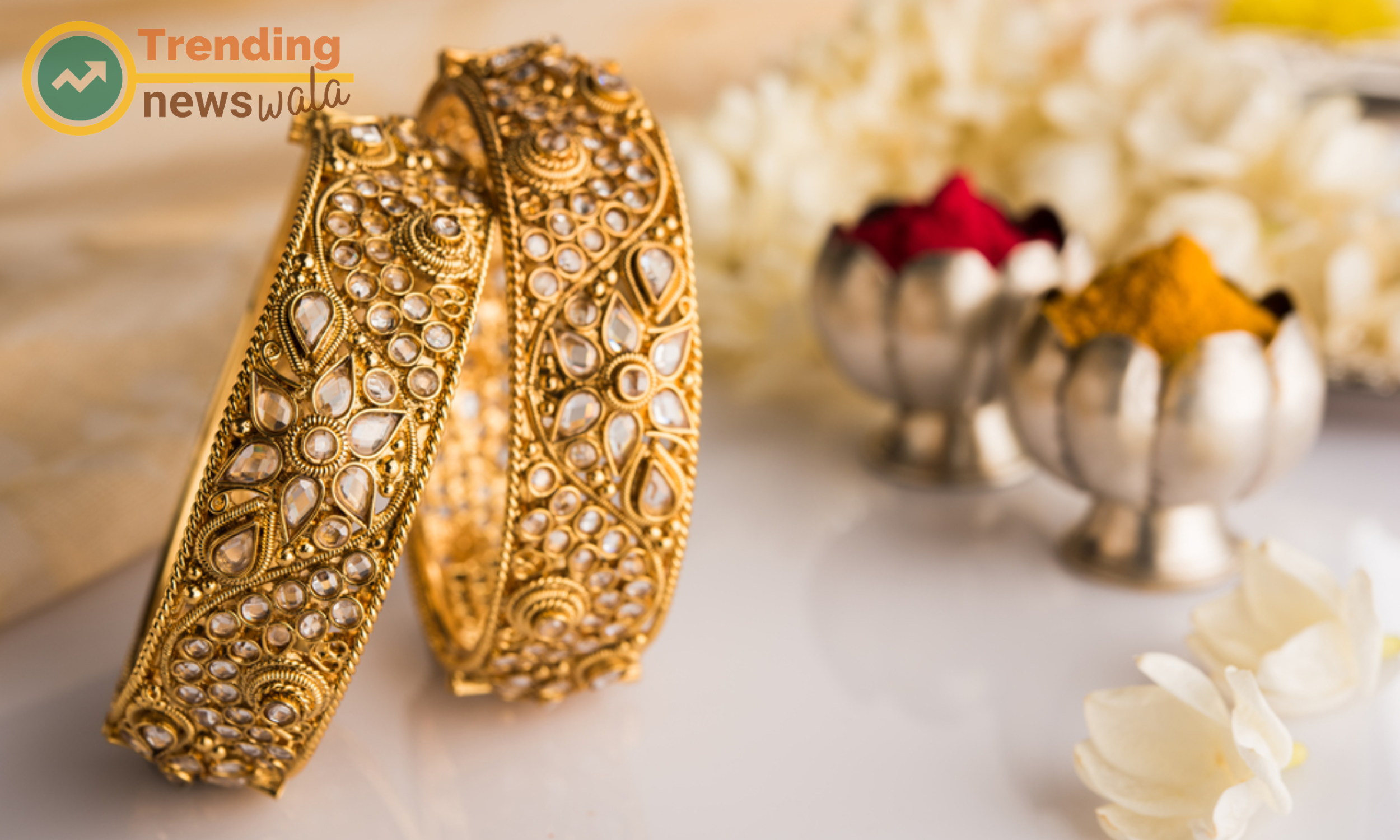
Understand the materials and gemstones in your jewelry
Before diving into the cleaning process, it's crucial to understand the materials and gemstones in your jewelry. Different metals and gemstones require specific care. Common materials include gold, silver, platinum, diamonds, gemstones, and pearls.
To effectively care for your jewelry, it's crucial to have a comprehensive understanding of the materials, gemstones, and specific features of each piece. This knowledge empowers you to choose appropriate cleaning methods and helps prevent unintentional damage. Here's a closer look at understanding your jewelry:
Gold: Gold jewelry comes in various karats, with 24 karats being pure gold. Lower karats contain alloy metals like copper or silver. Pure gold is soft and can scratch easily, while alloyed gold is more durable.
Silver: Silver is prone to tarnishing due to oxidation. It is a softer metal, making it susceptible to scratches. Regular cleaning is essential to maintain its luster.
Platinum: Known for its durability and purity, platinum is a popular choice for high-end jewelry. It is hypoallergenic and resistant to tarnish, but it can develop a natural patina over time.
Stainless Steel: Stainless steel is highly durable, corrosion-resistant, and doesn't tarnish. It is often used in contemporary jewelry design.
Other Alloys: Various alloys are used in jewelry making, each with its unique characteristics. Understanding the specific alloy composition of your jewelry is essential for proper care.Diamonds: Diamonds are the hardest natural substance and are resistant to scratching. However, they can attract oils and dirt, diminishing their brilliance over time.
Colored Gemstones: Different gemstones have varying hardness levels. While sapphires and rubies are durable, others like emeralds may require gentler care due to their potential for fractures.
Pearls: Pearls are organic gemstones that require special care. They are sensitive to chemicals and acids, making it crucial to avoid exposing them to harsh substances.
Prong Settings: Common in rings, prong settings can sometimes loosen over time. Regular checks are essential to ensure stones remain secure.
Bezel Settings : A protective metal encases the gemstone in bezel settings, offering extra security. However, cleaning intricate details in bezel settings requires attention.
Channel Settings: Gemstones are set between parallel metal walls in channel settings. This design minimizes the risk of snags but requires careful cleaning to avoid dirt buildup.
Polished Finish: A smooth and shiny surface achieved through polishing. Regular polishing maintains the luster of polished finishes.
Matte Finish: A non-reflective, textured surface. Gentle cleaning is necessary to avoid altering the matte appearance.
Satin Finish: A semi-reflective surface achieved through brushing. Avoid abrasive cleaning to preserve the satin finish.
Gold or Rhodium Plating: Jewelry may be plated with gold or rhodium for enhanced appearance. Avoid abrasive cleaning to prevent wearing down the plating.
Hallmarks: Inscriptions indicating metal purity and maker's marks. Understanding hallmarks provides insights into the composition of your jewelry.
Certifications: For gemstone jewelry, certifications from reputable gemological laboratories authenticate the quality and characteristics of the gemstones.
Vintage or Antique Jewelry: Older pieces may require special care due to age-related wear. Consult with a professional jeweler for appropriate maintenance.
Wear and Tear: Regularly inspect your jewelry for signs of wear, such as loose stones or weakened prongs. Prompt repairs prevent further damage.
By delving into the intricacies of your jewelry, you equip yourself with the knowledge needed to preserve its beauty and integrity. Whether it's a cherished family heirloom or a recent acquisition, understanding your jewelry lays the foundation for effective care and ensures it remains a timeless adornment.
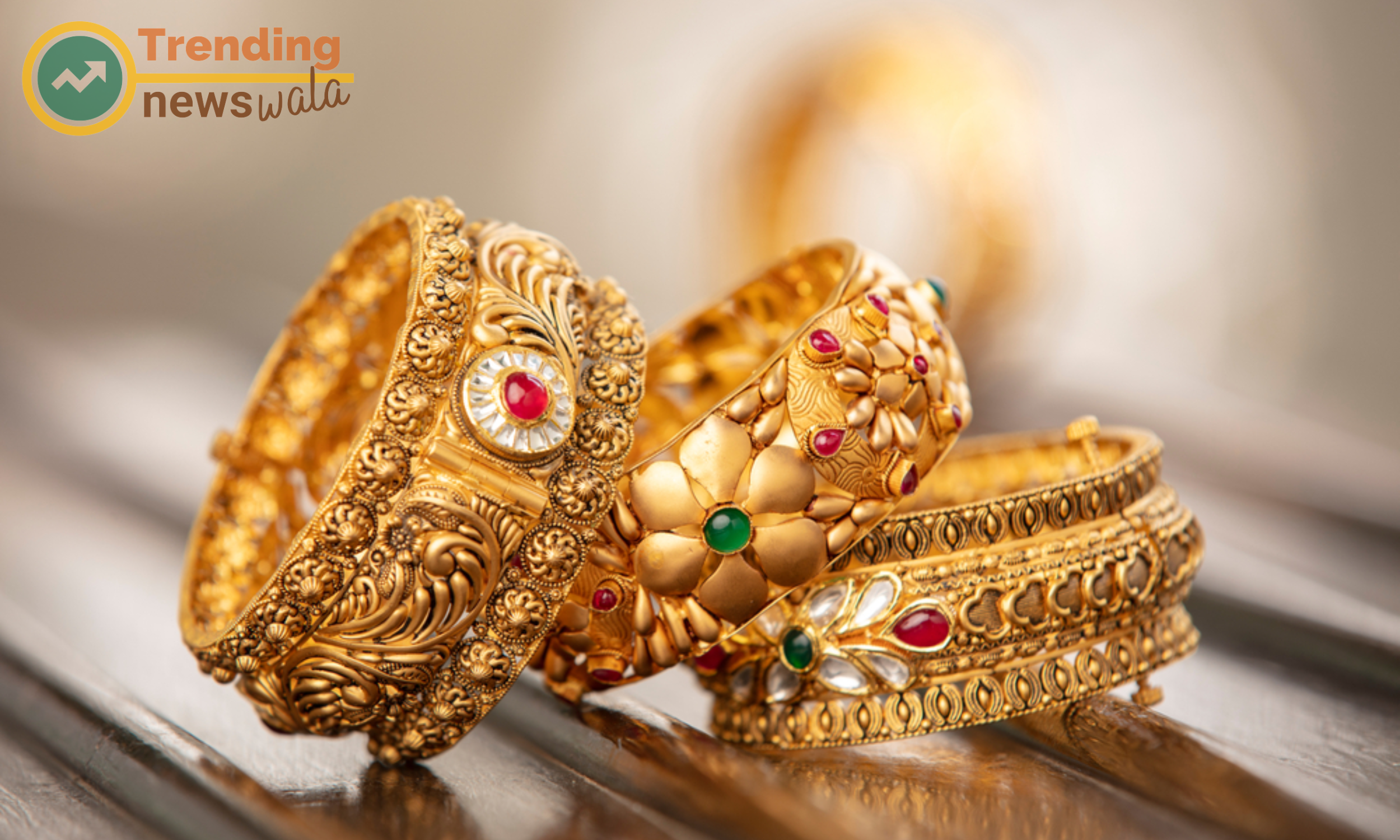
Clean and polish your jewelry effectively without causing any damage
Gathering the right supplies is a crucial first step in ensuring that you clean and polish your jewelry effectively without causing any damage. Here's a more detailed breakdown of the supplies you'll need:
Mild Dish Soap or Jewelry Cleaner:
Soft-Bristle Toothbrush:
Microfiber or Soft Lint-Free Cloth:
Bowl of Warm Water:
Ammonia Solution (for Certain Gemstones):
Baking Soda and Aluminum Foil (for Tarnished Silver):
Jewelry Polishing Cloth:
Soft Chamois Cloth:
Jewelry Storage Containers:
Cotton Swabs: Cotton swabs are useful for reaching into small and intricate areas that may be hard to clean with a toothbrush.
Fine-Mesh Strainer: If you're rinsing jewelry under running water, use a fine-mesh strainer to catch small pieces and prevent accidental loss.
By gathering these supplies, you'll have everything you need to clean and polish your jewelry with care and precision, ensuring that your cherished pieces maintain their beauty and longevity.
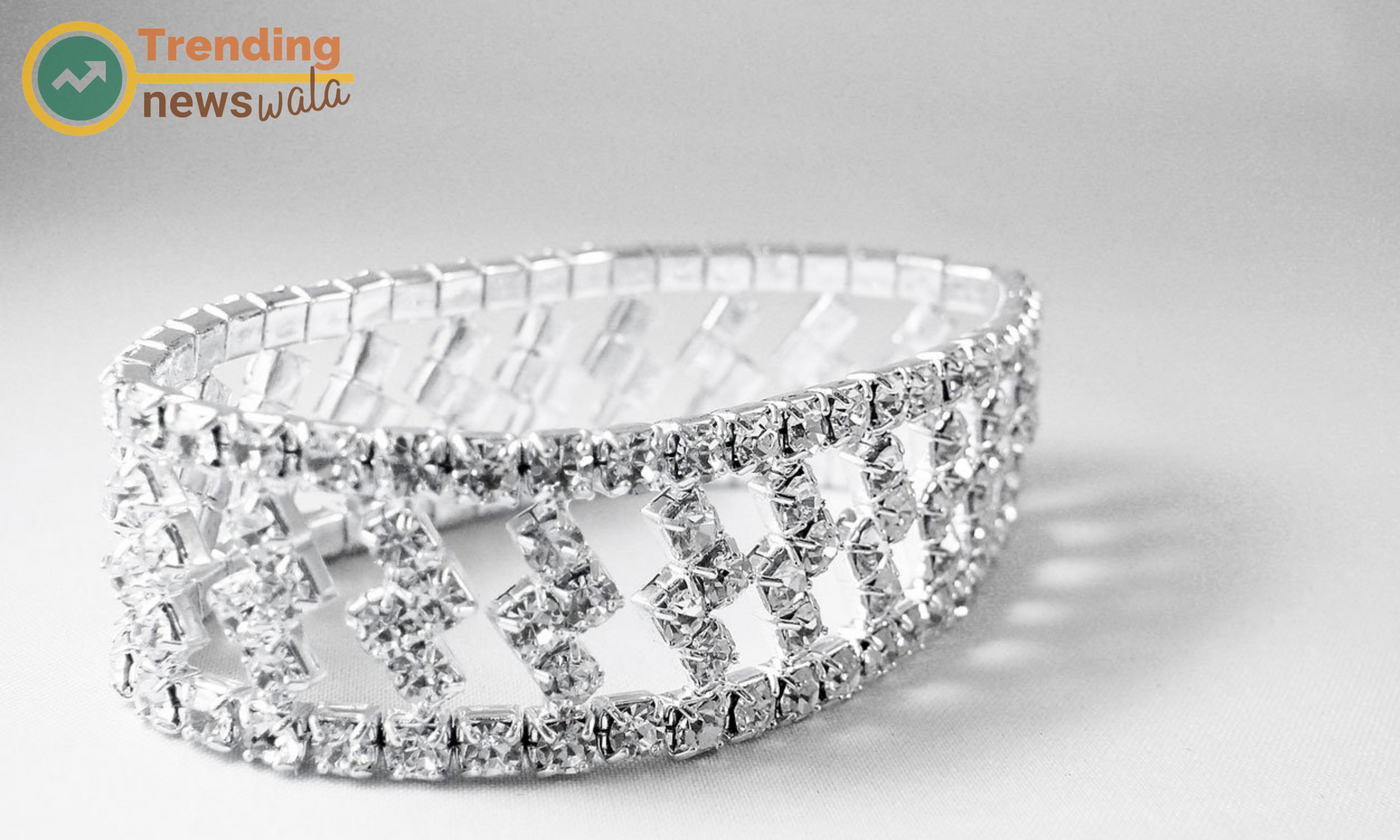
Preliminary cleaning is the first phase of the jewelry
Start by removing any loose dirt or debris. Gently brush your jewelry using a soft toothbrush or jewelry brush. Be cautious around settings and prongs to avoid loosening stones. This step is crucial for preventing scratches during the deeper cleaning process.
Preliminary cleaning is the first phase of the jewelry cleaning process, and it involves assessing your jewelry and preparing it for the more detailed cleaning steps. Here's a more detailed explanation of each step:
Assessment:
Preparation:
Removal of Obvious Debris: Gently remove any obvious debris or dirt from the jewelry using a soft brush or your fingers. Be cautious not to scratch the metal or gemstones.
Separation of Pieces: Separate your jewelry items, especially if you're cleaning multiple pieces. This prevents tangling and ensures that each piece receives individual attention.
Checking for Loose Stones: Carefully check for any loose stones in your rings, earrings, or other jewelry. If you find any, refrain from cleaning at home and seek professional assistance to avoid further damage.
Identification of Jewelry Material: Identify the material of your jewelry (gold, silver, platinum, etc.) and the type of gemstones present. Different materials may require specific cleaning methods to avoid damage.
Creating a Safe Workspace:
By carefully assessing and preparing your jewelry during the preliminary cleaning phase, you set the stage for a more effective and safe cleaning process. Taking the time to inspect your pieces and gather the right materials ensures that you address specific cleaning needs and avoid unintentional damage during the cleaning process.
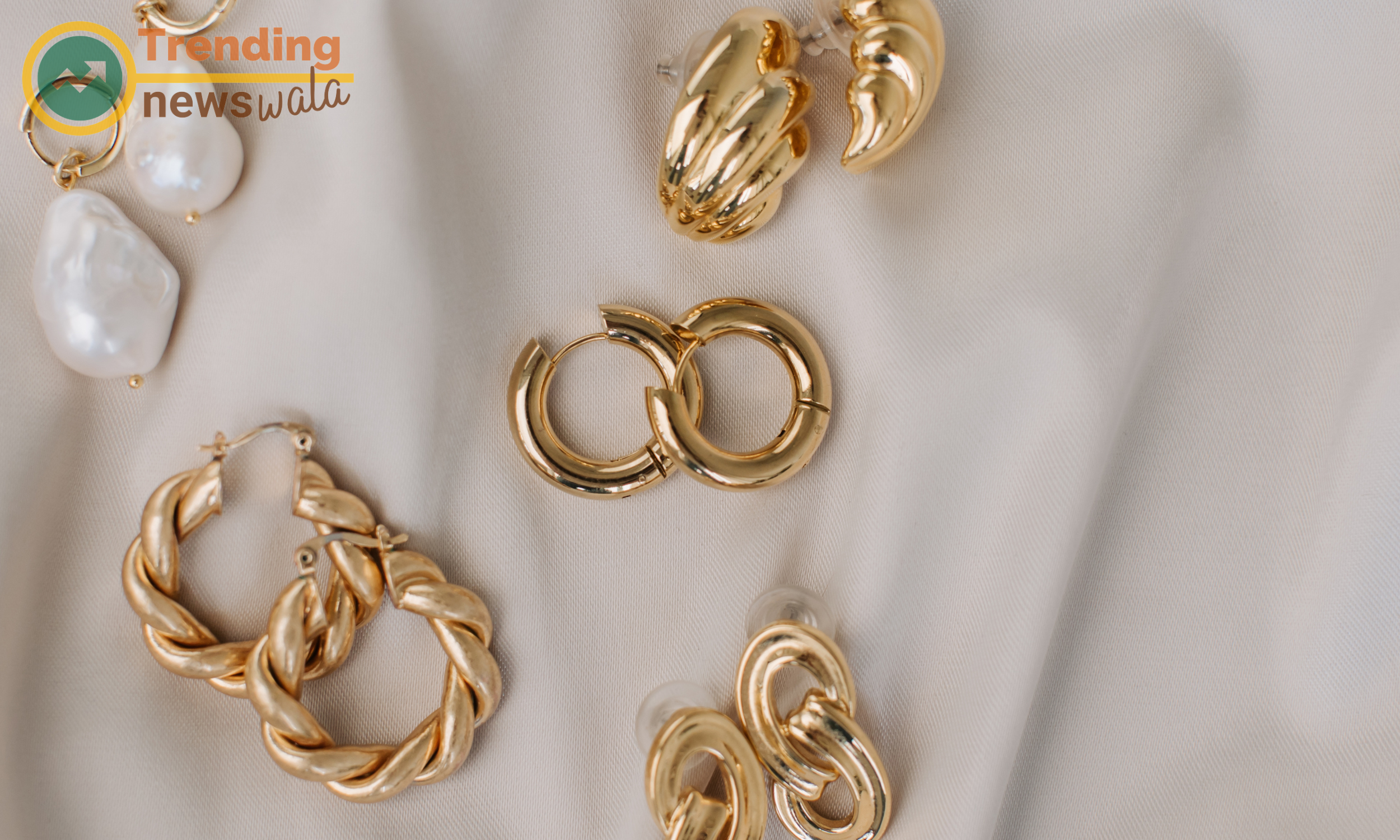
The
Create a cleaning solution using warm water and a small amount of mild dish soap. Soak your jewelry for 20-30 minutes, allowing the solution to loosen dirt. Use a soft brush to clean intricate details and settings. For pearls and porous gemstones, avoid prolonged soaking; instead, wipe with a damp cloth.
The "Soak and Clean" phase is a critical step in the jewelry cleaning process, helping to loosen dirt, oils, and debris before moving on to more detailed cleaning. Here's a more detailed breakdown of this phase:
Soaking:
Using Ammonia Solution (Optional):
Gentle Agitation:
Hard-to-Reach Areas:
Rinsing: After cleaning, rinse each piece under lukewarm running water to remove soap residue. You can use a fine-mesh strainer to catch small pieces and prevent accidental loss down the drain.
Drying:
By carefully following these steps during the soak and clean phase, you effectively remove surface dirt and grime, preparing your jewelry for the next stages of polishing and final touches. This process helps to reveal the natural beauty of your pieces and ensures a thorough cleaning.

Special care is required when cleaning jewelry
Special care is required when cleaning jewelry with gemstones to ensure their beauty and durability are preserved. Different gemstones have varying levels of hardness, sensitivity to chemicals, and susceptibility to damage. Here's a more detailed guide on how to provide special care for gemstones:
Identification:
Avoid Harsh Chemicals:
Soft Brushes and Cloths:
Sensitive Gemstones:
Organic Gemstones:
Harder Gemstones:
Use of Ultrasonic Cleaners: Some gemstones, like diamonds and sapphires, can be cleaned using ultrasonic jewelry cleaners. However, avoid using ultrasonic cleaners for softer or more delicate gemstones, as the vibrations may cause damage.
Professional Cleaning: Consider periodic professional cleaning for gemstone jewelry, especially if it contains intricate settings. Professionals can assess and clean your jewelry using appropriate methods and equipment.
Gemstone-Specific Care: Always adhere to gemstone-specific care guidelines. For example, emeralds may require extra caution due to their natural inclusions and sensitivity to heat and sudden temperature changes.
Remember to consult the care instructions provided by the jeweler or gemologist when you purchased the jewelry. Following these guidelines ensures that your gemstone jewelry remains stunning and undamaged over time. If in doubt, seek professional advice for specialized gemstone care.

Polishing is a crucial step in the jewelry
After cleaning, use a jewelry polishing cloth to restore shine. Be gentle, especially with plated jewelry, as excessive polishing can wear down the plating. For silver, consider using a silver polishing solution.
Polishing is a crucial step in the jewelry cleaning process that enhances the shine and luster of the metal. Whether you're dealing with gold, silver, platinum, or other metals, a good polishing routine can bring out the brilliance in your jewelry. Here are more detailed steps on how to polish your jewelry effectively:
Drying After Cleaning:
Jewelry Polishing Cloth:
Firm, Yet Gentle Rubbing:
Polishing Side of the Cloth:
Detailing Intricate Designs:
Polishing Compounds (For Advanced Users):
Chamois Cloth for Final Polish:
Avoid Over-Polishing:
Professional Polishing: Consider taking your jewelry to a professional jeweler for periodic polishing, especially for high-value pieces or those with intricate details.
By following these detailed polishing steps, you can revitalize your jewelry, bringing back its original shine and ensuring that it continues to sparkle. Regular polishing also helps prevent tarnish and keeps your pieces looking their best for years to come.
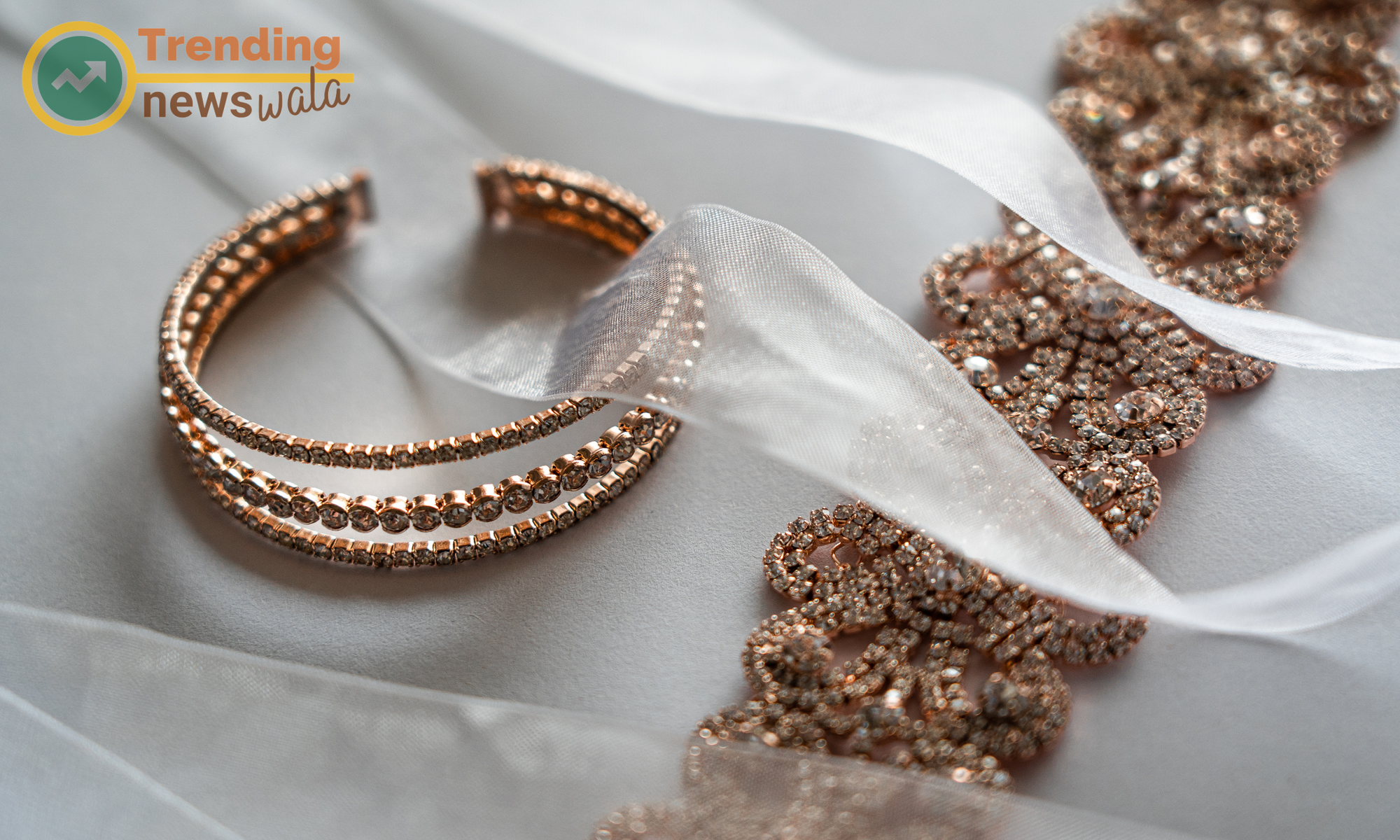
The longevity and beauty of your jewelry
For intricate or valuable pieces, consider professional cleaning. Jewelers have specialized equipment and expertise to clean and assess the condition of your jewelry. Regular professional cleaning can extend the life of your pieces.
Professional cleaning is an essential aspect of maintaining the longevity and beauty of your jewelry. While at-home cleaning methods are effective for routine care, professional cleaning ensures a deeper and more thorough treatment. Here's a detailed explanation of what professional cleaning entails:
Assessment and Inspection:
Ultrasonic Cleaning:
Steam Cleaning:
Professional Cleaning Solutions:
Polishing and Buffing:
Re-Plating (if applicable):
Prong Inspection and Tightening:
Restoration of Antique or Vintage Pieces:
Final Inspection:
Professional Advice: Jewelers can offer personalized advice on how to care for your specific pieces, including recommendations for cleaning frequency, storage, and protection.
Specialized Care for Gemstones:
Documentation: Some jewelers provide documentation of the cleaning process, including any repairs made and recommendations for ongoing care.
Professional cleaning is recommended periodically, depending on factors such as the type of jewelry, how often it's worn, and the environment in which it's stored. Seeking the expertise of a professional jeweler ensures that your jewelry receives the attention and care it deserves, ultimately extending its lifespan and maintaining its beauty.
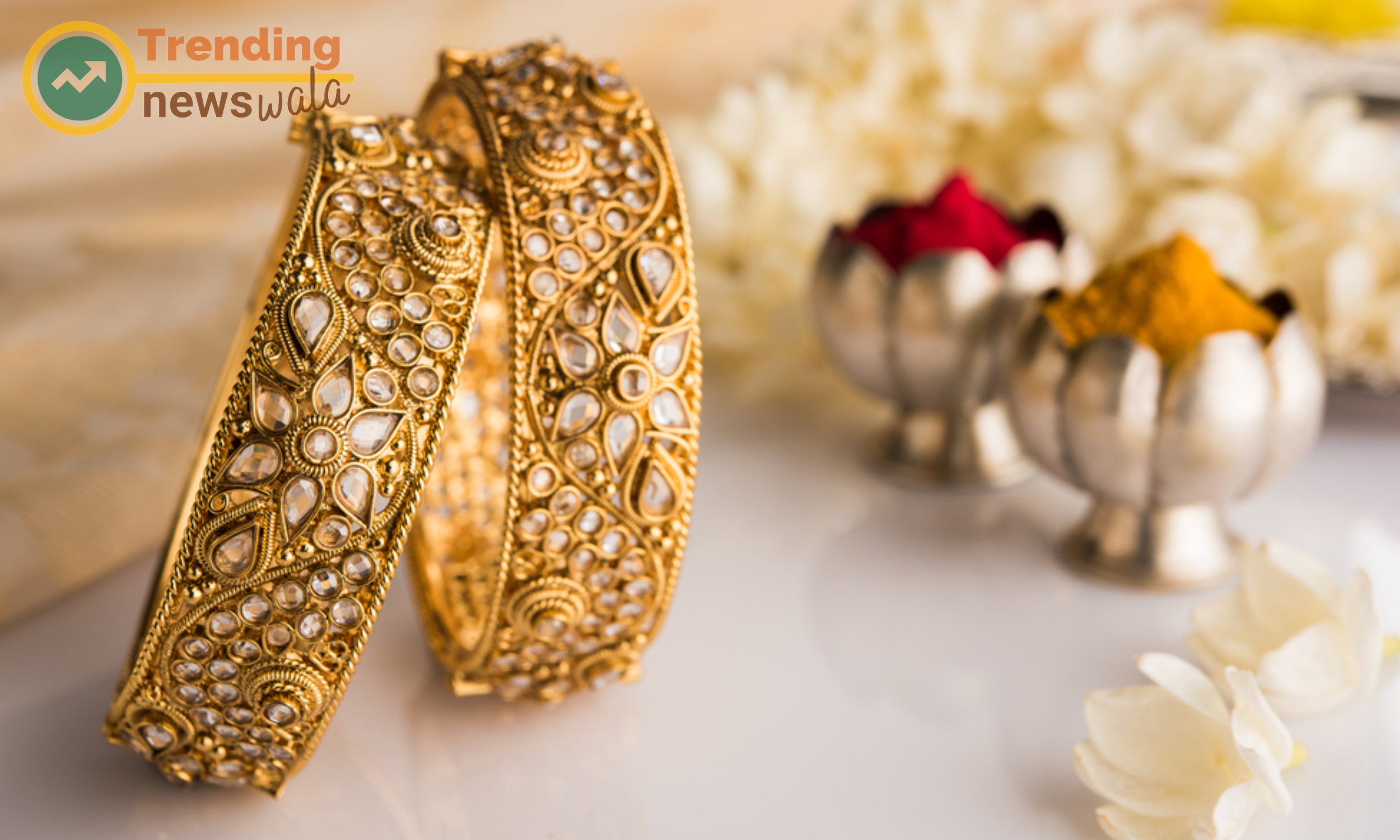
Proper storage is key to preserving the beauty and integrity of your jewelry
Prevent tarnishing and scratching by storing your jewelry properly. Use individual pouches or jewelry boxes with compartments to keep pieces separated. Avoid storing different metals together.
Proper storage is key to preserving the beauty and integrity of your jewelry. Whether you have precious gemstones, delicate pearls, or precious metals, following these storage tips will help protect your jewelry from damage, scratches, and tarnish:
Individual Compartments:
Use Jewelry Boxes:
Dividers and Inserts:
Soft Fabric Pouches:
Anti-Tarnish Strips:
Keep It Dry: Moisture can lead to tarnishing, especially for silver jewelry. Ensure your storage area is dry, and consider adding silica gel packets to absorb any excess moisture.
Avoid Direct Sunlight: Sunlight can fade gemstones and damage delicate materials. Store your jewelry away from direct sunlight, and avoid leaving pieces on windowsills or countertops.
Cool, Dark Place: Store your jewelry in a cool, dark place to minimize exposure to heat and light. Excessive heat can cause metals to expand and contract, potentially leading to damage.
Regular Inspection: Periodically inspect your jewelry for loose stones, worn-out prongs, or any signs of damage. Catching issues early can prevent further damage and the loss of precious stones.
Separate Fine and Costume Jewelry: Keep fine jewelry separate from costume jewelry to prevent potential damage. Some metals in costume jewelry can tarnish or discolor fine metals.
Remove Before Activities: Take off your jewelry before engaging in activities that may expose it to chemicals, rough surfaces, or excessive moisture. This includes swimming, exercising, or applying lotions and perfumes.
Safe Location: If you own valuable or sentimental pieces, consider storing them in a safe or secure location when not in use.
Documentation: Keep documentation, such as certificates of authenticity or appraisals, separate from your jewelry but in a secure place. This is especially important for high-value pieces.
Professional Cleaning and Inspection: Periodically take your jewelry to a professional for cleaning and inspection. Professionals can address any issues and ensure your pieces are in optimal condition.
By following these storage tips, you can safeguard your jewelry collection and enjoy its beauty for years to come. Proper storage not only protects individual pieces but also preserves the sentimental and monetary value of your jewelry.
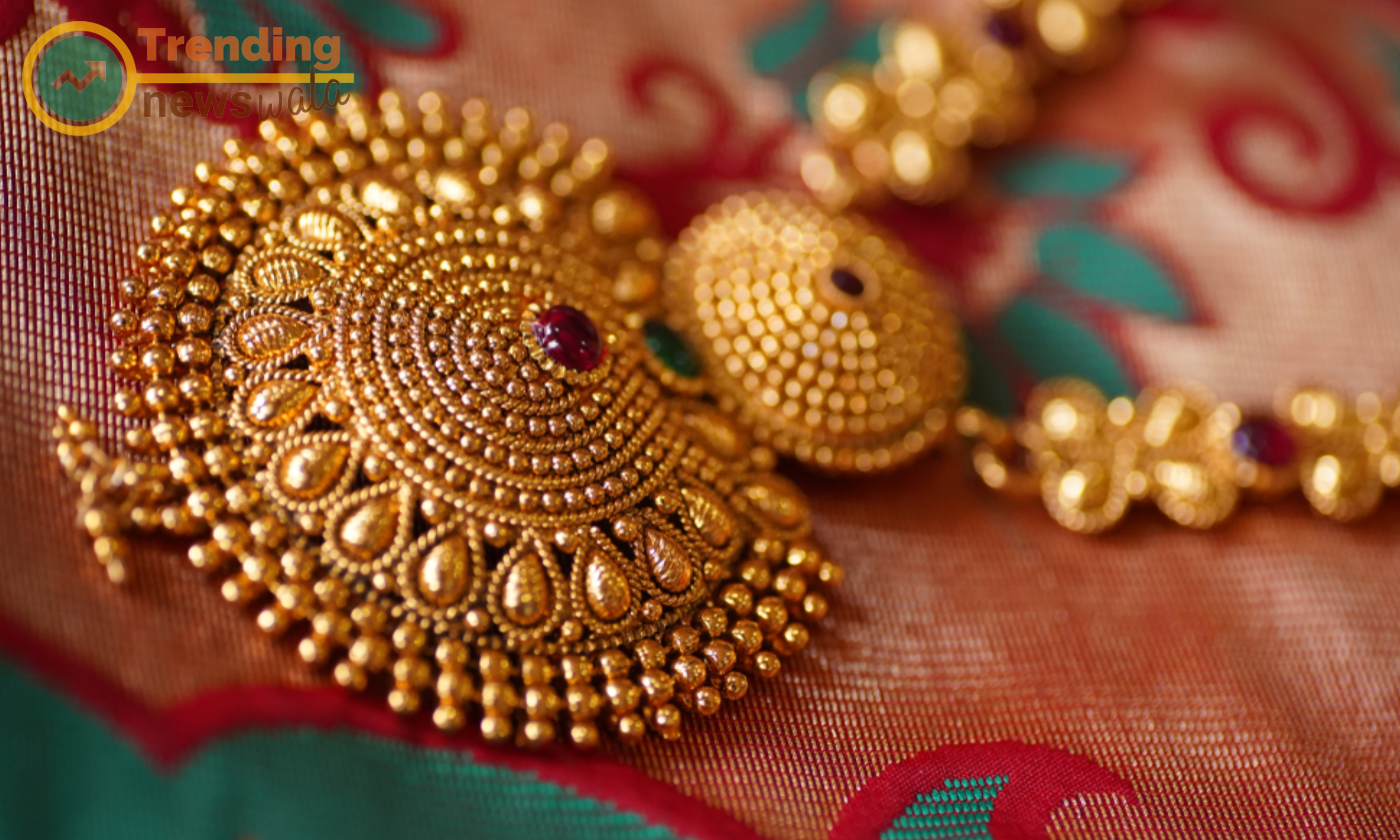
Regular maintenance is crucial for keeping your jewelry
Incorporate regular maintenance into your routine. Light cleaning and polishing every few weeks can prevent the buildup of dirt and tarnish. Inspect settings for any signs of wear or loose stones.
Regular maintenance is crucial for keeping your jewelry in pristine condition. Consistent care helps prevent damage, tarnish, and the need for extensive repairs. Here's a more detailed guide on how to perform regular maintenance on your jewelry:
Daily Wear Considerations:
Frequent Cleaning:
Soft Cloth Wiping:
Inspecting Settings:
Checking for Loose Stones:
Avoiding Exposure to Chemicals:
Secure Storage:
Professional Inspection:
Avoiding Excessive Force:
Checking for Allergies:
Tarnish Prevention:
Restringing and Re-Clasping:
Documentation:
By incorporating these regular maintenance practices into your routine, you can ensure that your jewelry stays in excellent condition and retains its beauty over time. Regular care not only protects your investment but also allows you to enjoy your jewelry for years to come.
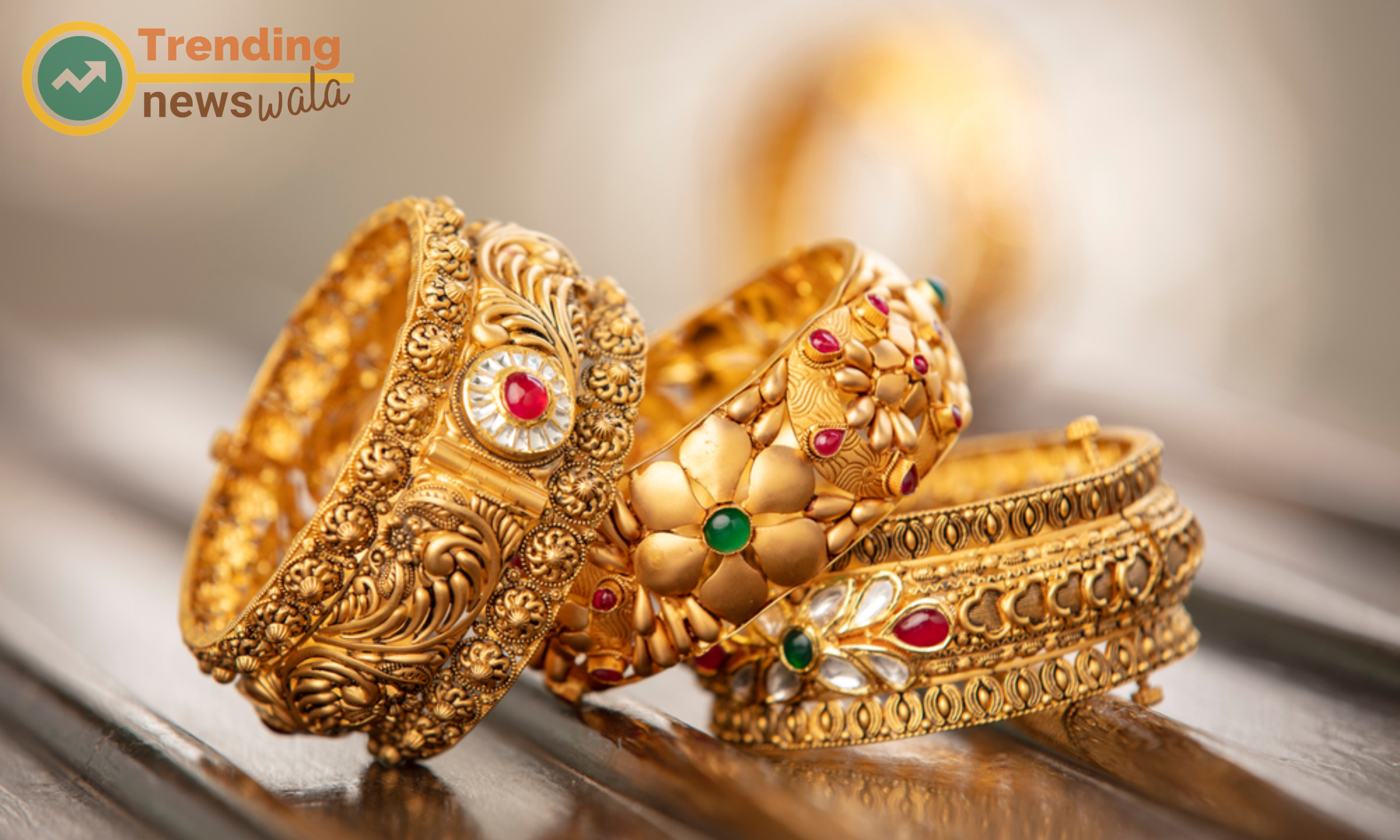
Cleaning and maintaining jewelry
While various DIY cleaning solutions exist, exercise caution. Some household items, such as baking soda and toothpaste, can be abrasive and may damage certain metals and gemstones. Stick to mild, proven solutions for optimal results.
While there are many home remedies and DIY solutions for cleaning and maintaining jewelry, it's essential to exercise caution, as some methods can potentially harm your precious pieces. Here's a detailed explanation of the precautions you should take when considering home remedies for jewelry care:
Gemstone Sensitivity:
Avoid Toothpaste and Baking Soda for Soft Gems:
No Toothpaste for Opals:
Avoid Harsh Chemicals:
Caution with Ammonia:
Beware of Ultrasonic Cleaners:
Gentle Polishing:
Home Remedies for Tarnished Silver:
Avoid Hot Water for Certain Gems:
Test New Methods:
Consider Professional Assistance: If your jewelry is valuable, sentimental, or requires specialized care, it's often safer to seek professional assistance for cleaning and maintenance.
Always exercise caution when using home remedies for jewelry care. Each piece is unique, and what works for one may not be suitable for another. When in doubt, consult with a professional jeweler or refer to care guidelines provided by the manufacturer. This ensures that your efforts to care for your jewelry do not inadvertently lead to damage or loss of value.

Faq For How To Clean and Polish Your Jewellery
It depends on factors such as how often you wear your jewelry, the type of metal and gemstones, and your lifestyle. In general, cleaning your jewelry every few weeks is a good practice.
It's recommended to use a mild dish soap or a specialized jewelry cleaner. Avoid harsh chemicals and additives that can leave residues on your jewelry.
No, different gemstones require specific care. Some stones are sensitive to certain chemicals, while others may be damaged by excessive heat or ultrasonic cleaning. Always check gemstone-specific guidelines.
Ultrasonic cleaners can be effective but are not suitable for all jewelry. It's crucial to know the compatibility of your jewelry with ultrasonic cleaning and follow guidelines to prevent damage.
A mixture of baking soda and aluminum foil is a common remedy. However, exercise caution to prevent scratches. Consider using a specialized silver polish or cloth for a gentler approach.
While toothpaste is sometimes recommended for cleaning, it can be abrasive and may damage softer gemstones and metals. It's safer to stick to milder cleaning methods.
Store your silver jewelry in anti-tarnish pouches or use anti-tarnish strips in your storage area. Keep your silver away from moisture, humidity, and exposure to chemicals.
Ammonia can be used for certain gemstones like diamonds but can be harmful to others. Exercise caution and ensure that your jewelry is compatible with ammonia before using it.
Use a jewelry polishing cloth designed for your specific metal type. Gently rub the metal to remove tarnish and enhance shine. Be cautious not to over-polish, especially for gold-plated or gold-filled pieces.
Hot water can be damaging to certain gemstones and may cause them to crack. Use lukewarm water for cleaning and avoid sudden temperature changes.
Writer and content creator
Log in to share your thoughts and engage with other readers.